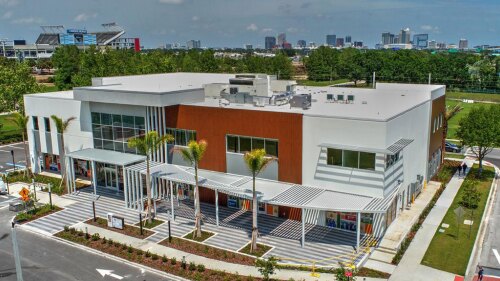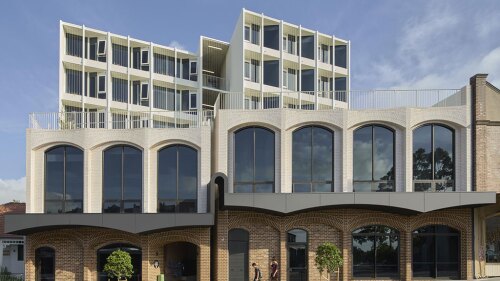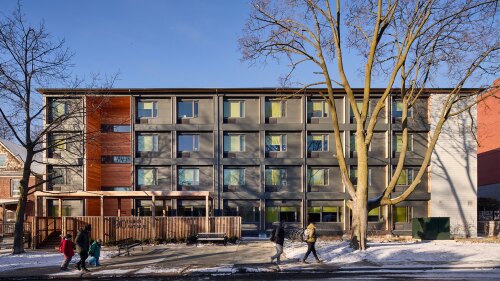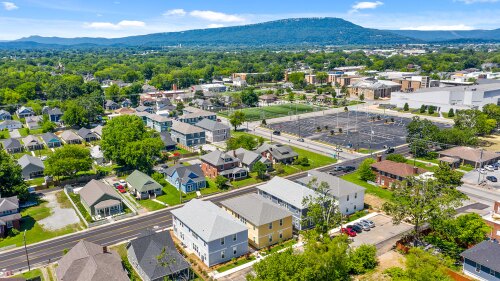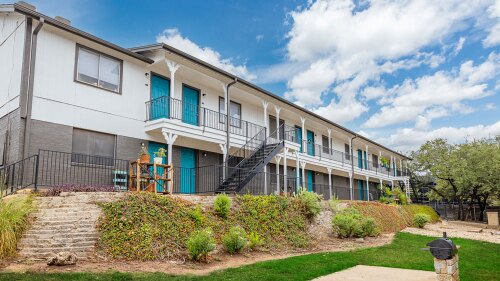Attainable Housing
The evolution of community efforts to improve access to housing reveals that successful projects often hinge on fostering strong local partnerships that can provide essential supports and services.
The scarcity of on-campus housing—especially affordable housing—means many students have little choice but to forgo the convenience, economy, and other benefits of campus life. Now, California State University, Northridge (CSUN) has become the first in the CSU system to address this disparity by adding new on-campus housing that is both affordable and can be quickly replicated across the entire system to bolster its on-campus populations.
Jeff Lubell recently joined ULI’s Terwilliger Center for Housing as a senior fellow. In this capacity, on a part-time basis, he will provide strategic direction, engage in research, and offer technical support to further the center’s commitment to ensuring that everyone has a home which meets their needs at a price they can afford. He’ll spend the balance of his time working with the Housing Innovations Group, which provides policy consulting services to state and local governments, foundations, nonprofits, and other clients.
The mission of the ULI Terwilliger Center for Housing has been to ensure that everyone has a home that meets their needs at a price they can afford. Established in 2007 with a gift from longtime member and former ULI chairman J. Ronald Terwilliger, the Center’s activities include technical assistance engagements, forums and convenings, research and publications, and an awards program. The goal is to catalyze the production and preservation of a full spectrum of housing options.
ULI Award Winners: Long-Term Affordable Housing That Highlights Community-Building in Sydney Suburbs
In the Sydney suburb of Marrickville, two not-for-profit organizations—Fresh Hope Communities, the public benevolent institution entity of churches of Christ in New South Wales and the Australian Capital Territory; and Nightingale Housing of Brunswick, Victoria—came together to develop a building that holds 54 units renting at 80 percent of market rates, as well as two community-focused commercial spaces. The Churches of Christ Property Trust has provided a 99-year lease for the land, which allows the units to remain affordable far beyond a more typical 10-year period.
Across North America, cities are confronting a housing crisis that demands urgent, innovative responses. In Toronto, the launch of the Rapid Housing Initiative (RHI) in April 2020 marked a pivotal moment—an accelerated effort at the height of the pandemic to deliver safe, stable housing. Since then, unprecedented investments have been made in communities across Ontario to address housing insecurity, reshaping the province’s residential landscape.
Even as national policy support becomes less predictable, many states and localities are hard at work developing pragmatic, scalable housing solutions.
In 2015, Austin, Texas’ mayor at the time, Steve Adler, brought together business leaders, real estate professionals, and housing experts to take on the crisis in affordable rental housing and the risks it posed to the city’s workforce stability and economic sustainability. With insights and research from a ULI Technical Advisory Panel and ULI’s Terwilliger Center for Housing, the Austin Housing Conservancy fund was born, offering a revolutionary approach to preserving workforce housing. Now known as the Texas Housing Conservancy, the fund became the nation’s first to combine a nonprofit investment manager, Affordable Central Texas, with an open-end private equity fund.
The ULI Terwilliger Center for Housing has announced two finalists for this year’s Jack Kemp Excellence in Affordable and Workforce Housing Award and eight finalists for the Terwilliger Center Award for Innovation in Attainable Housing.
ULI Asia Pacific has released its 2025 Asia Pacific Home Attainability Index, revealing persistent challenges to affordable or accessible housing across the region. The fourth edition of the report assesses 51 market segments across 41 major cities.

